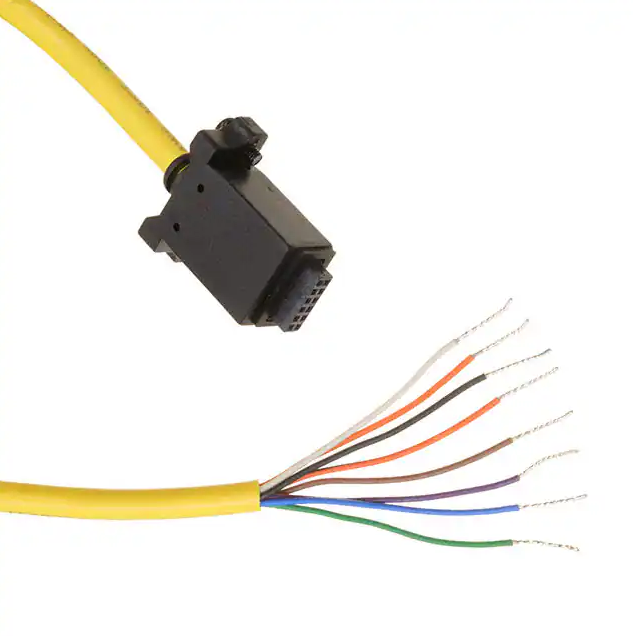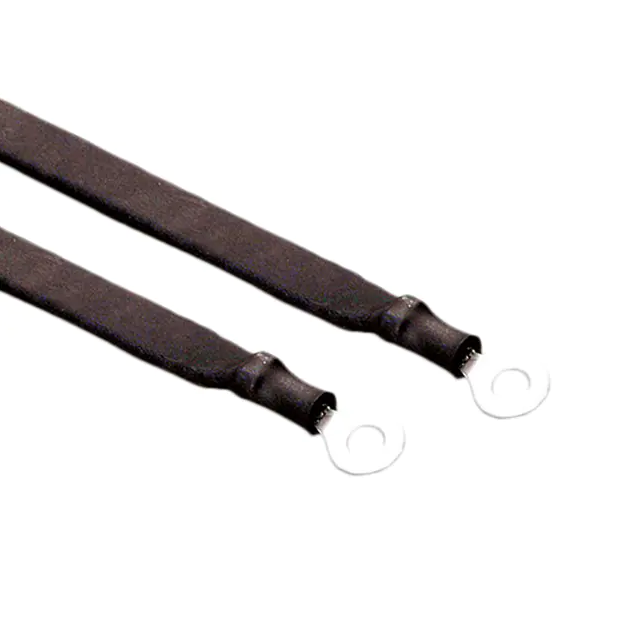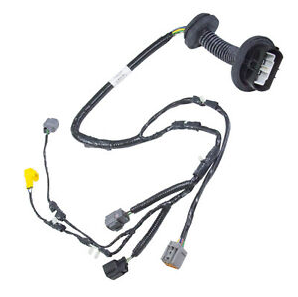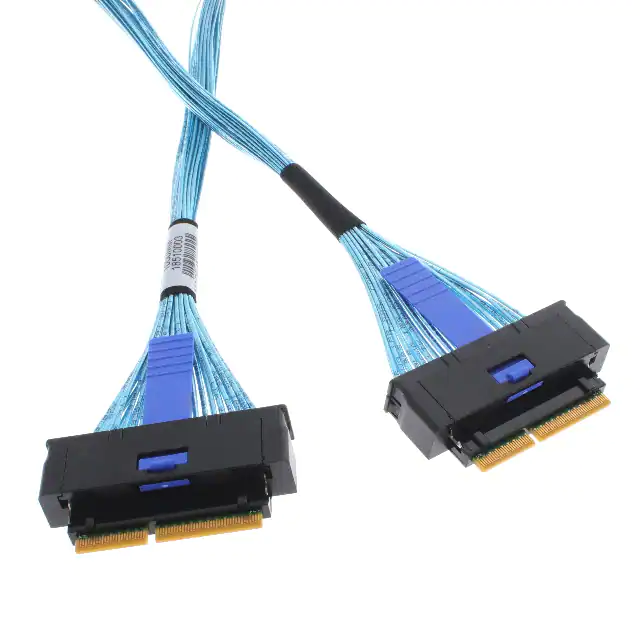Keeping progressing, Pursuing integrity, Embracing future
Rome was not built in a day, nor is a norm built in a day. Especially in the IT industry, any technology is constantly improving and self-evolving, so is the SAS (Serial Attached SCSI, Serial SCSI) specification. As the successor to Parallel SCSI, the SAS specification has been around for some time. In the years that SAS has gone through, its specifications have been improved. Although the underlying protocols have been retained without much change, the specifications of external interface connectors have undergone many changes. This is SAS to adapt to the market environment. And the adjustments made, with these continuous improvements of "step by step", the SAS specification has become increasingly mature, and the interface connectors of different specifications can be called the witness of the development history of SAS.
Here we need to distinguish between "port" (port) and "interface connector" (connector) concept. The port of a hardware device is also called an interface, and its electrical signals are defined by the interface specification, and the number depends on the design of the control chip (Controller IC, also including RoC). But whether it is an interface or a port, it must rely on the representation of an entity - mainly pins and connectors, in order to play the role of connection and then form a data path. So there are interface connectors, which are always used in pairs: one on the hard drive, HBA, RAID card, or backplane, "snapped" together with the other on one end of the cable. As for which side is the "socket" (receptacle connector, socket connector) and which side is the "plug" (plug connector, plug connector), it depends on the specific connector specification.
With all kinds of SAS cables and connectors, it's too easy to be dazzled...how many have you seen?
At the beginning of the advent of SATA, the situation of cables and connectors was relatively simple - after all, SATA does not support port aggregation, one port corresponds to one interface connector, and the cable only has a single connection. SAS is different: it supports 4 wide links from the beginning, allowing up to 4 narrow ports to be aggregated into a wide port, and has developed a corresponding connector specification. In this way, there are at least two types of SAS interface connectors. In addition to the difference between inside and outside, various feasible combinations make SAS cables more than 10 types. But it is not possible to connect the SAS devices at both ends" is a common thing.
Inquiry
LATEST BLOGS
INQUIRY
RELATED PRODUCTS
 The development trend of wire harnessRCD has over a decade of experience in the assembly of cables and connectors required for outdoor harsh environment equipment.
The development trend of wire harnessRCD has over a decade of experience in the assembly of cables and connectors required for outdoor harsh environment equipment. Influencing factors and reducing methods of cable wire resistanceRCD has over a decade of experience in the assembly of cables and connectors required for outdoor harsh environment equipment.
Influencing factors and reducing methods of cable wire resistanceRCD has over a decade of experience in the assembly of cables and connectors required for outdoor harsh environment equipment. RCD provides cable support for equipment manufactured in harsh environmentsRCD has over a decade of experience in the assembly of cables and connectors required for outdoor harsh environment equipment.
RCD provides cable support for equipment manufactured in harsh environmentsRCD has over a decade of experience in the assembly of cables and connectors required for outdoor harsh environment equipment.




